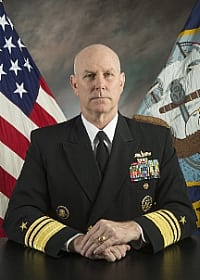
Two Navy officials told the House Armed Services Committee on Tuesday that the service is about 6,200 sailors short for at-sea billets and they have actively prevented ship deployments when they were not ready. Adm. Christopher Grady, Commander of U.S. Fleet Forces Command, and Adm. John Aquilino, Commander of U.S. Pacific Fleet, appearing before a joint hearing of the House Armed Services readiness and seapower subcommittees, said the needed sailors are from the mid-grade and senior enlisted ranks and that…

 By
By 











